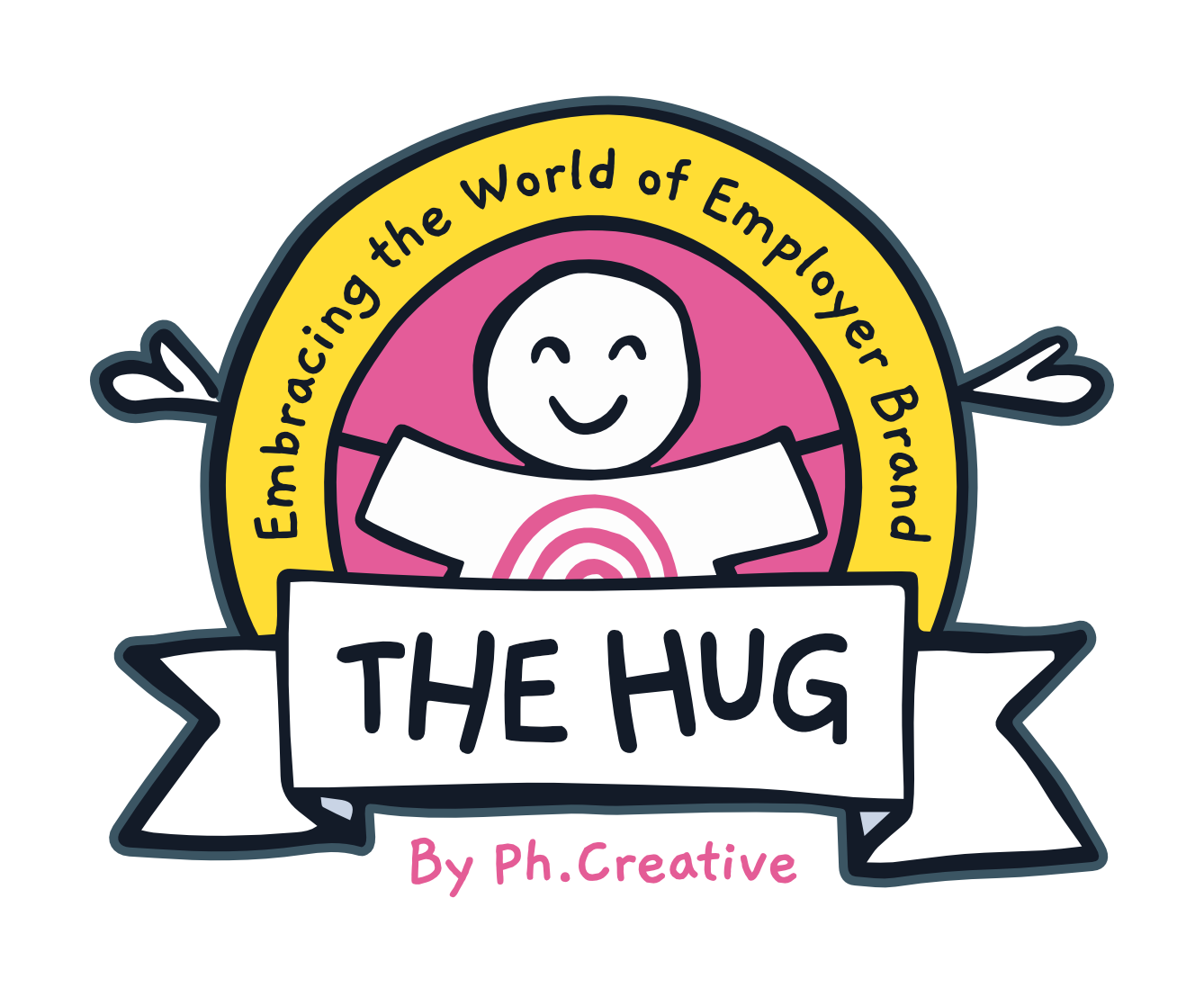How Job Page Grader Works
We’ve created Job Page Grader to help everyone create better job pages. They’re a key component in communicating your employer brand, and a huge factor in the success of your talent attraction activities. Candidates pay close attention to what you have to say on your job pages, to get a feel for who you are as a business and as an employer. It’s vital to make sure your pages are at the peak of performance, converting the right candidates you need to grow your business, and turning off those that won’t be a good fit for your culture and values.
Job Page Grader is a free tool we’ve developed with our partners Beamery. Unlike some other tools that examine a few elements of your job pages, and charge you for the privilege, our tool dives deep to provide a fully-rounded audit of your pages, with clear guidance to help you improve them for better performance.
So what, you may be wondering, are some of the things that Job Page Grader measures? Here’s the big four...

1. Search Engine Optimization (SEO)
Doing all you can to make sure your pages are optimised for search engines is an absolute must, so it’s no surprise that it’s one of the key things that Job Page Grader has a close look at.
Without SEO your page simply won’t get seen. We can’t put it more simply than that. So when you pop your job page URL into Job Page Grader it analyses how well the page performs for a couple of key SEO factors: Google for Jobs ranking, quality of metadata, and responsiveness.
Job Page Grader looks at your Google for Jobs performance - especially your schema markup - and sets out what you need to do to get closer to the top of the pile. Unless you’re already there of course, in which case, smile smugly and move on to the world of metadata...
Job Page Grader has a scout around your metadata to see what kind of shape it’s in. Metadata is key to making sure those all-important search engines are classifying your job ad correctly. Great metadata means great search results.
With Google rankings soon to focus especially on mobile responsiveness, Job Page Grader also scores your page’s responsiveness across all devices, to make sure you can get it looking its best however it’s being viewed.
2. Performance
While your pages may be bursting at the seams with great content, if the page takes an age to load, candidates will quickly move on. Seconds matter. Harsh but true. So the tool takes a look at the size of the files and assets on your page. The smaller the better, as the page will load faster and candidates will stick around. Plus, it takes a look at the code involved in your page to check you’re using best practice and flags up any issues that may be lurking amongst those ones and zeros.
3. Conversion
Once your job pages are sat on the web, waiting for all those lovely candidates to come and read them, the job’s not over. The pages need to be converting those readers into applicants. Job Page Grader examines three key factors to determine how successful your pages will convert.
Firstly it looks at ease of application. It’s important not to put any barriers in the way to stop a candidate banging in their application from the job page. It then looks at any friction that might be stopping the candidate from applying, such as slow loading, poor design, broken links, and other nasties. And, importantly, it looks at the level of security attached to the application process. No-one parts with personal information online without checking it will be handled securely, so this element is vital.
4. Engagement
Getting your candidates engaged with your job pages is the name of the game. So, Job Page Grader takes a long hard look at the sentiment you are expressing, the readability of the text, and the overall functionality of the page, and also analyses whether there’s any sign of gender bias.
All of these metrics are really important to the way you are perceived as an employer. Your job pages need to be giving off positive vibes, be easy to understand, work reliably, and not have any bias towards one gender or another. With the help of the tool, you’ll soon be all-singing and all-dancing.
In the next of these blogs, we’ll have a closer look at gender bias. It’s important for your talent pool to be diverse and inclusive, and gender bias is something that can easily go undetected. Look out for the blog, and in the meantime, try Job Page Grader right now, and see how your job pages measure up.
Sign up to our blog

Every other Thursday we share:
✔ One feature full of our freshest insights
✔ An expert hack you'll love to use
✔ The links you need now
+ other helpful bits for thousands of EB and TA pros just like you